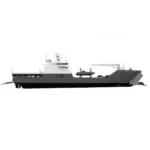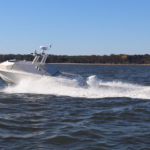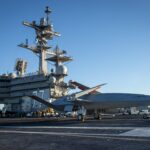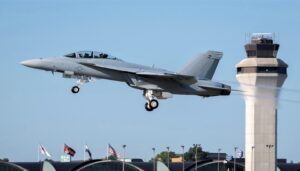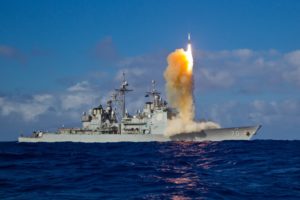
The Biden administration on Tuesday detailed what Navy provisions it opposes in the House’s draft FY 2025 defense authorization bill, which focused on ship procurement funding and restrictions on ship retirements. The administration’s first point in its “Statement of Administration Policy” on the bill said it is “disappointed” the House Armed Services Committee authorized $700 million less in shipbuilding than requested. The House bill, alongside the House appropriations committee’s defense appropriations bill, zeroed out $1 billion in planned FY ‘25…

 By
By 